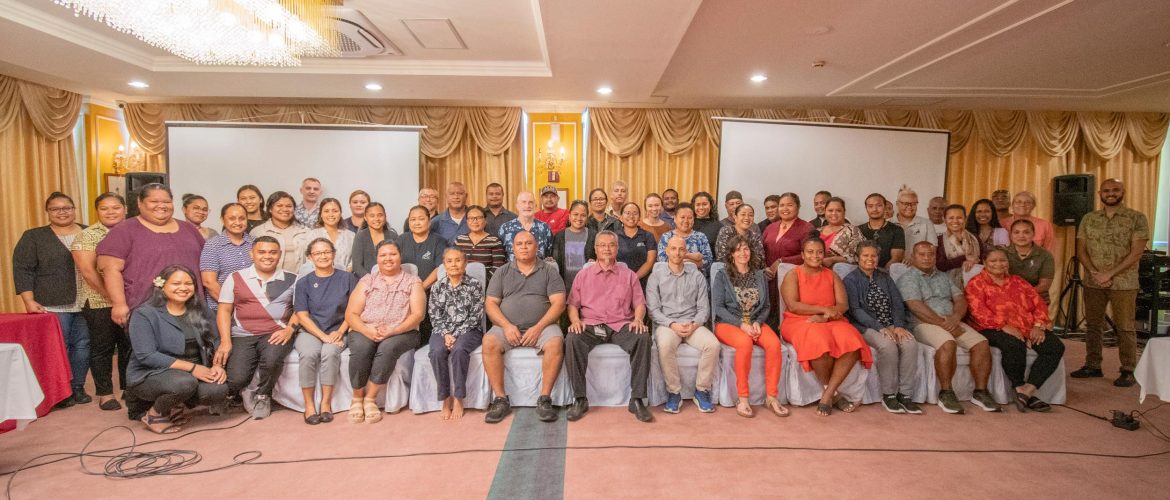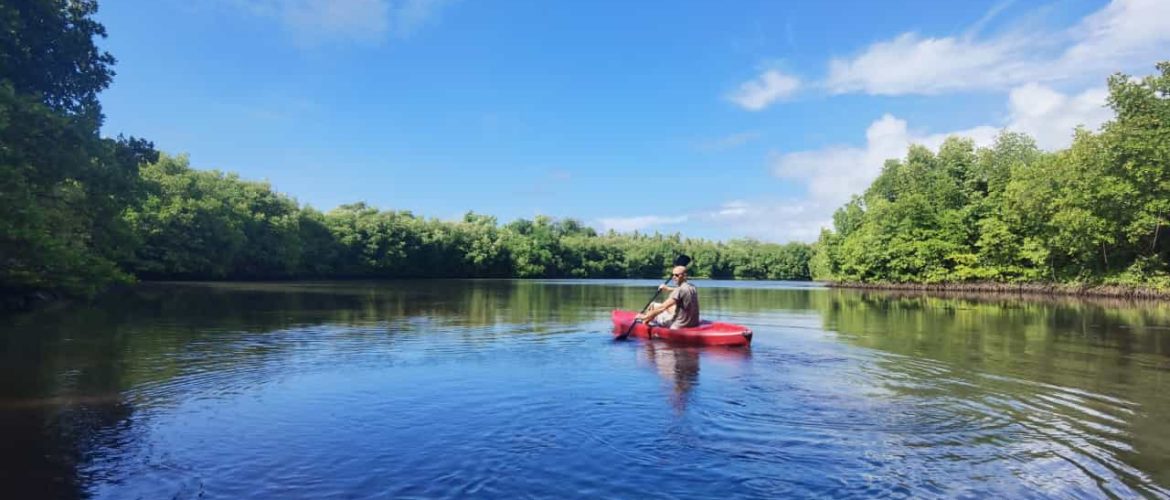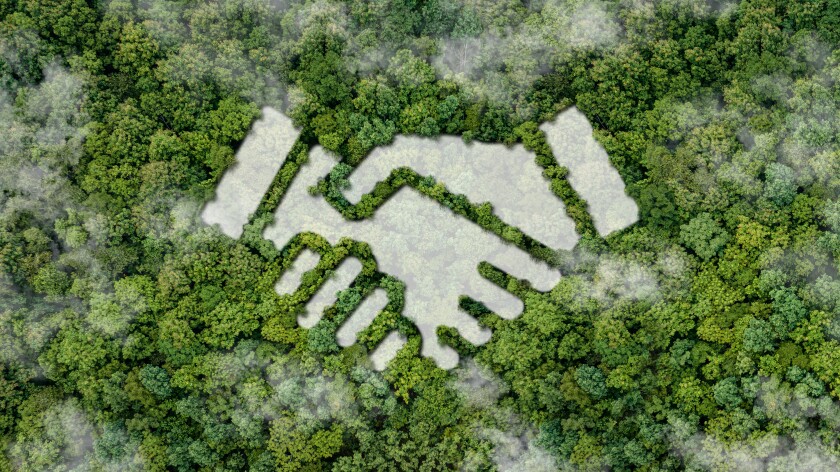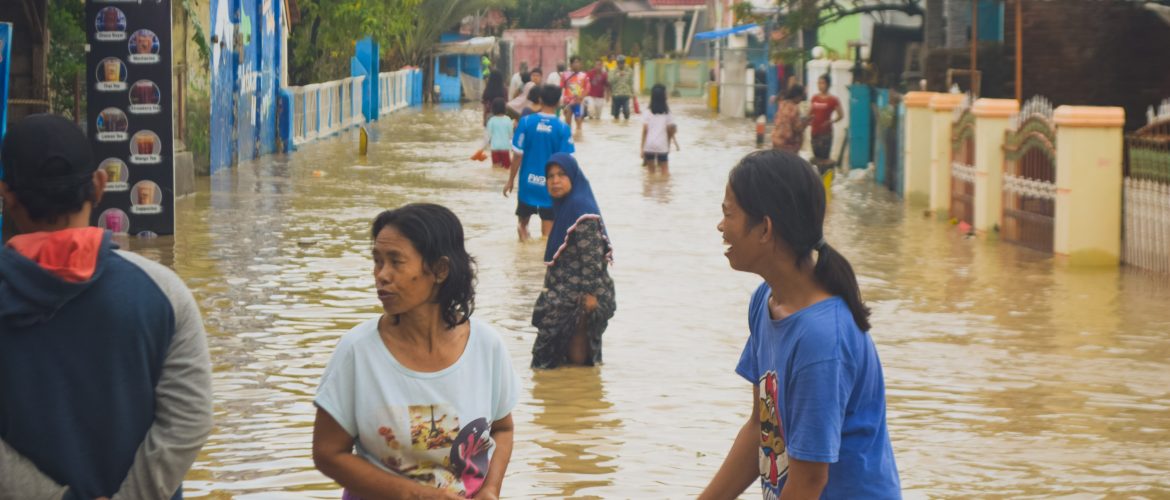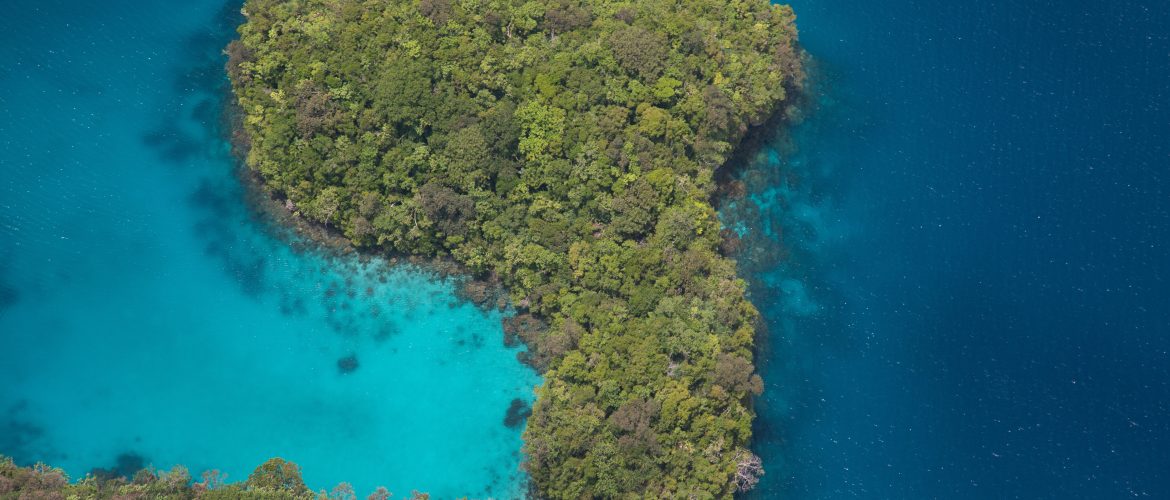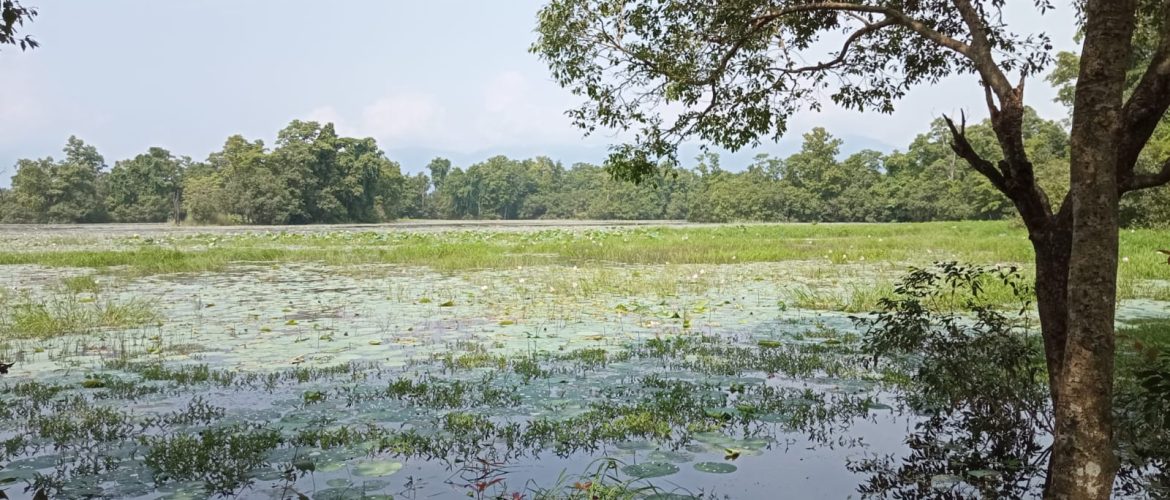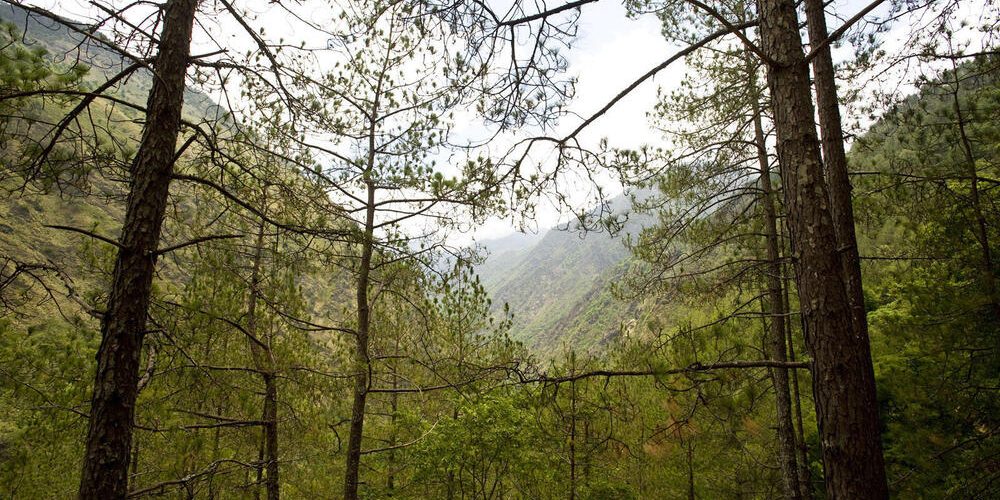As mentioned in the previous article, the “Transforming productivity in Palau’s food systems through nature positive innovations” GEF Child Project is developed under the GEF funded Blue and Green Islands Integrated Program (BGI IP). The objectives of the Project Preparatory Grant (PPG) Phase are to review and collect further information, engage stakeholders, conduct consultations, and synthesize the received guidance with international best practices to develop the project document as compliant with GEF, IUCN and participating national government requirements. IUCN, the
Small Island Developing States (SIDS) face unique economic challenges due to their vulnerability to external economic shocks, dependence on tourism, and deep integration into global markets. These economies are heavily reliant on imports, especially of food products, due to their small size and limited resource bases. In SIDS, the tourism, food, and urban sectors play key roles in Gross Domestic Product (GDP), but paradoxically, they are also the main drivers of environmental degradation. The growth of urban centers contributes significantly to
SETIN was contracted to draft the Project Preparation Grant (PPG) of the “Micronesia: Tourism Support for Biodiversity Conservation” GEF Child Project, with the International Union for Conservation of Nature (IUCN) as the GEF Agency/Implementing Partner. This Child Project is developed under the GEF funded Blue and Green Islands Integrated Program (BGI IP). This is one of 11 integrated programs formulated under the GEF 8 programmatic directions. The overall program objective of the Integrated Program whose development is led by UNDP is
SETIN Srl, is thrilled to announce the formalization of a long-term strategic partnership with Interamna Group Inc., a well-known Toronto-based organization that specializes in project design and evaluation. This collaboration marks a critical step towards strengthening environmental management and promoting sustainable development globally. This partnership is defined by a fusion of expertise and mutual commitment to environmental sustainability. SETIN Srl is excited to join forces with Interamna to contribute to the Integrated Blue and Green Islands Program, setting groundbreaking benchmarks
The recently published Adaptation Gap Report 2023 highlights the challenges of securing adequate funds for the adaptation efforts of developing countries. The report shows that the adaptation finance requirements of developing countries are 10 to 18 times greater than the international public finance flows, emphasizing a significant funding gap. Developing countries are estimated to require a total of US$215 billion a year this decade to adapt to the changing climate. Additionally, an estimated US$387 billion a year is needed to
On October 26, the final validation workshop of the study “The economic evaluation of mangrove ecosystem services to measure their contribution to the national economy” took place. The study was developed by two international consultants (Giacomo Cozzolino and Daniel Bazzucchi) and one national consultant (Mário Biague). The event brought together a diverse group of participants committed to preserving and enhancing mangrove ecosystems. The workshop focused on lectures and discussions that explored crucial issues related to mangroves and the services they provide.
The pristine paradise of Palau and the Federated States of Micronesia (FSM), located in the Western Pacific, is a biodiverse haven that beckons nature enthusiasts, conservationists, and adventurous travelers from around the world. Comprising a constellation of islands, atolls, and reefs, this region is a hotspot of marine and terrestrial biodiversity, offering a mesmerizing array of flora and fauna. Terrestrial Biodiversity Unique Flora: The islands of Palau and the Federated States of Micronesia are home to a variety of unique and often
Challenges and Vulnerabilities Despite its ecosystem and livelihood values discussed in the previous articles (access here and here), the TAL faces a wide range of threats causing biodiversity loss, deforestation, degradation of forests, grasslands and riparian areas, land degradation, and related carbon emissions. The root causes of these threats are increasing population pressure and economic growth in the TAL, and their impacts are exacerbated by climate change trends. The biggest threat remains the increasing conversion of
Located in the foothills of the Himalayas, the trans-boundary Terai Arc belt stretches from Nepal’s Bagmati River in the east to India’s Yamuna River in the west, connecting 16 protected areas across both countries (WWF, 2021). In Nepal, the Terai Arc Landscape (TAL) covers a vast area of 24,710 km2 with a network of six protected areas (PAs) and associated buffer zones, which together cover 5,538 km2 connected by seven forest corridors that also link to the Churia forests and Indian
The Terai is a stretch of lowlands in the southernmost part of Nepal (WWF, 2021). The region, often described as the rice bowl of the country, is home to one of the most spectacular assemblages of large mammals in Asia such as the Bengal Tiger, the Greater One-Horned Rhinoceros, the common leopard, Asian elephant, and more (WWF, 2021). The ecosystem services provided by the area plays a major role in supporting the socioeconomic well-being and development of people in the Terai


